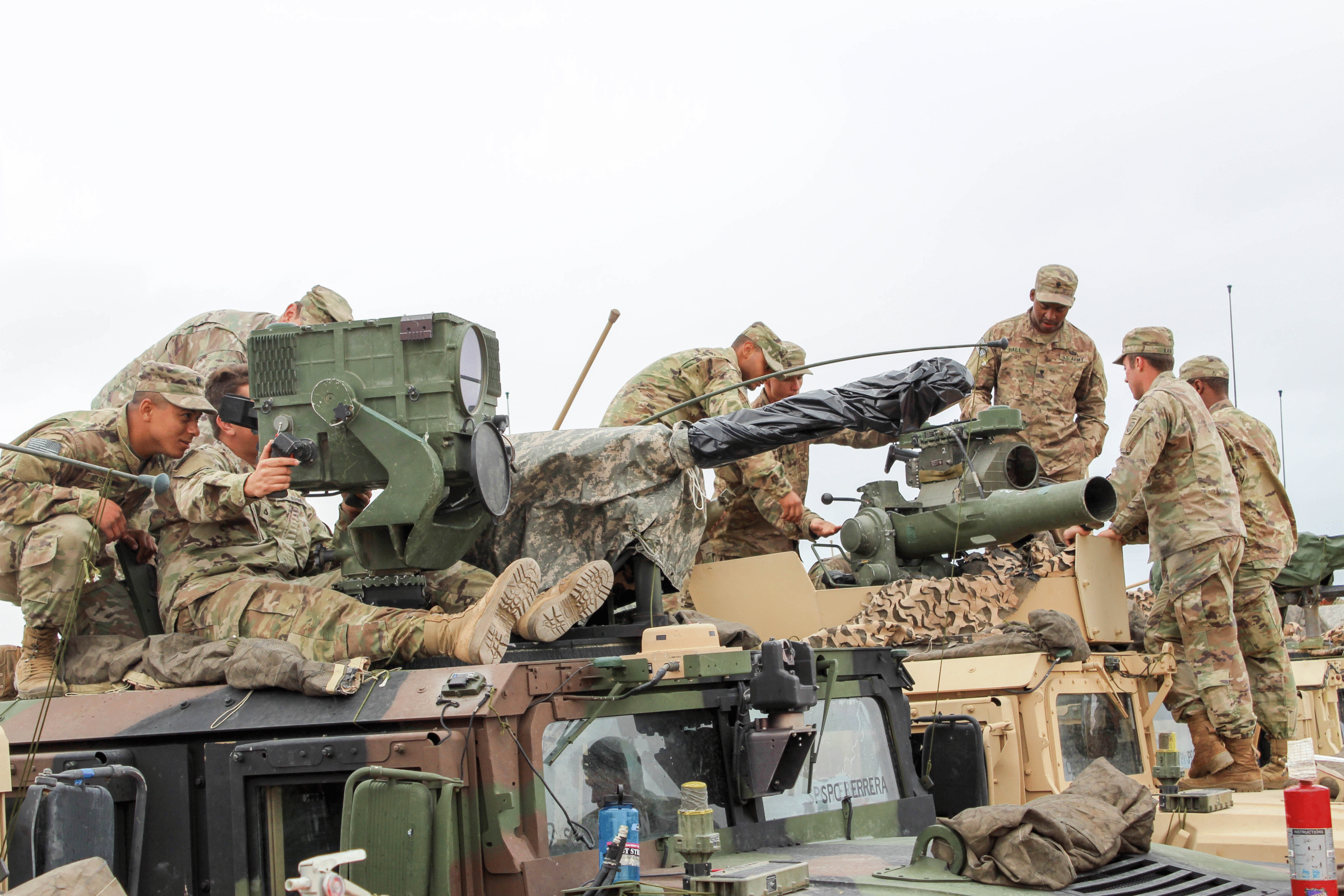
Military leaders from the member states of the Five Power Defence Arrangements (FPDA) gathered during one of the Indo-Pacific’s largest exercises to reaffirm the longtime security pact’s mission and highlight the importance of bolstering cyber defense, counterterrorism and maritime security capabilities.
The inaugural roundtable of the joint operations chiefs of Australia, Malaysia, New Zealand, Singapore and the United Kingdom was held in late July 2025 at HMAS Coonawarra, a Royal Australian Navy base in the nation’s Northern Territory.
“We have been able to talk candidly about the challenges we face, the future of the FPDA, exercises such as the Bersama series and what we want to achieve out of those exercises,” Vice Adm. Justin Jones, the Australian Defence Force joint operations chief, said in a news release.
Soldiers conduct drills during Bersama Lima 2024, an annual exercise involving Australia, Malaysia, New Zealand, Singapore and the United Kingdom.
VIDEO CREDIT: AUSTRALIAN DEFENCE DEPARTMENT
The FPDA was established in 1971 as a nonbinding security accord centered on the defense of Malaysia and Singapore, both of which had gained independence in the preceding decade. In their founding communiqué, members stated that: “In the event of any form of armed attack externally organised or supported or the threat of such attack against Malaysia and Singapore, their governments would immediately consult together for the purpose of deciding what measures should be taken jointly or separately in relation to such attack or threat.”
FPDA activities have expanded to include the field exercises Bersama Lima and Bersama Shield, and the command post exercises Suman Protector and Suman Warrior, as well as seminars and a warfare course for senior officers.
The 2025 iteration of Bersama Lima, which means “Together Five” in the Malay language, is scheduled for September and October on and around the Malay Peninsula. The multidomain drills will include next-generation assets such as Royal Australian Air Force (RAAF) F-35 fighter jets and the Royal Navy aircraft carrier HMS Prince of Wales, which is in the region as part of the U.K. Carrier Strike Group’s eight-month multilateral deployment, Operation Highmast.

IMAGE CREDIT: AUSTRALIAN DEFENCE DEPARTMENT
The FPDA has adapted to Southeast Asia’s evolving security landscape, military officials said. Challenges include China’s rapid military buildup and aggressive posturing, particularly in the South China Sea. Beijing arbitrarily claims much of the vital global trade route as its territory in defiance of an international tribunal’s 2016 ruling rejecting those claims. In mid-2024, for example, China demanded that Malaysia halt oil exploration at Luconia Shoals, within Malaysia’s exclusive economic zone. Kuala Lumpur reiterated that it would continue oil and gas exploration in its waters.
The roundtable came as more than 40,000 troops from 19 nations conducted drills across Australia and neighboring Papua New Guinea as part of the biennial Australia-United States exercise Talisman Sabre. New Zealand, Singapore and the U.K. were among the exercise participants and Malaysia was a first-time observer.
RAAF Air Vice Marshal Nathan Christie, commander of the FPDA’s Headquarters Integrated Area Defence System, briefed the joint operations chiefs on initiatives to enhance capabilities in cyber defense, counterterrorism, humanitarian assistance and disaster response, and maritime security.
“FPDA is a highly successful multilateral arrangement that has stayed true to its intended purpose for over 50 years,” Christie said.





